Our Core Resources page lists the essential books. These books are also interesting and useful.
The Pollinator Victory Garden: Win the war on pollinator decline with ecological gardening (2020)
by Kim Eierman
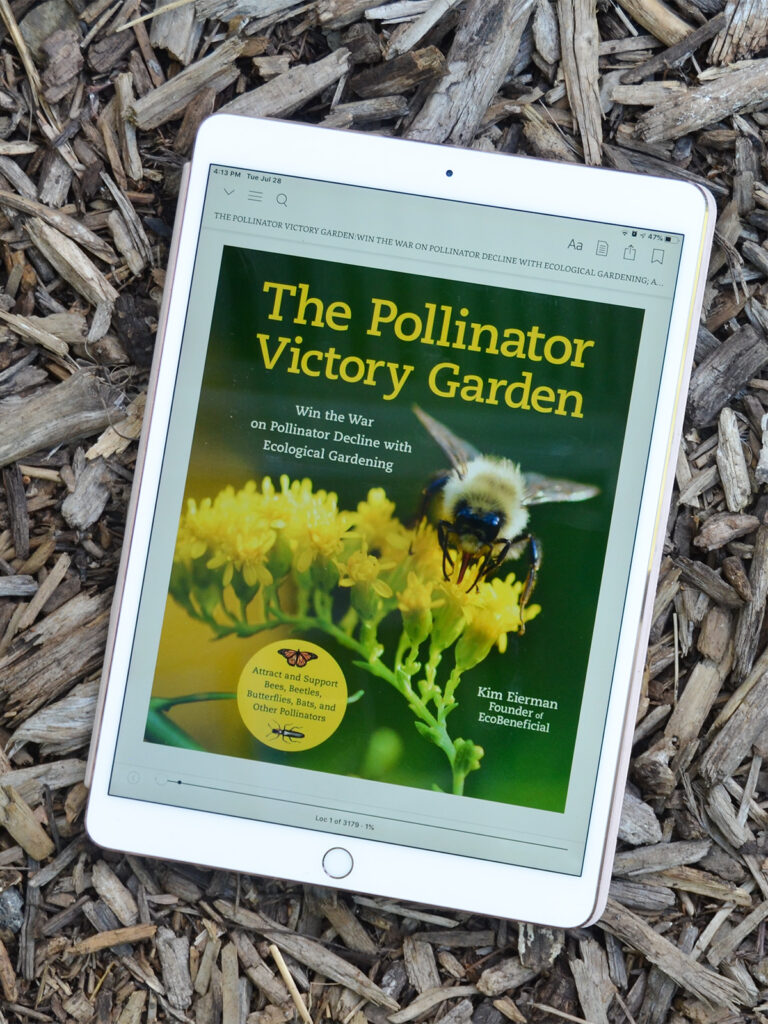
A comprehensive yet easy-to-understand book on pollinators and how we can “win the war on pollinator decline with ecological gardening.”
Recommended!
Kim Eierman is a popular speaker and has many great tips and videos on her EcoBeneficial website.
Redesigning the American Lawn: A Search for Environmental Harmony
by L. Herbert Bormann
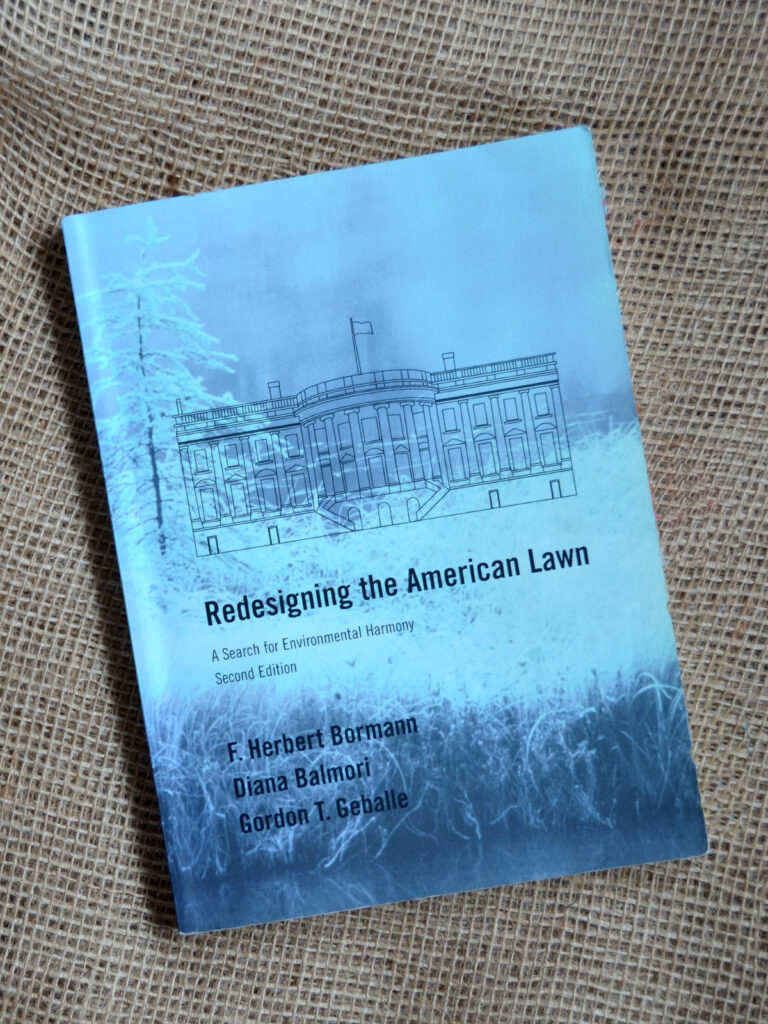
Scientifically sound, coming out of Yale’s Environmental Science department, this book offers many, many scientifically-sound reasons for reducing lawn. He offers the concept of the Freedom Lawn as an alternative to conventional lawns, which he terms the Industrial Lawn.
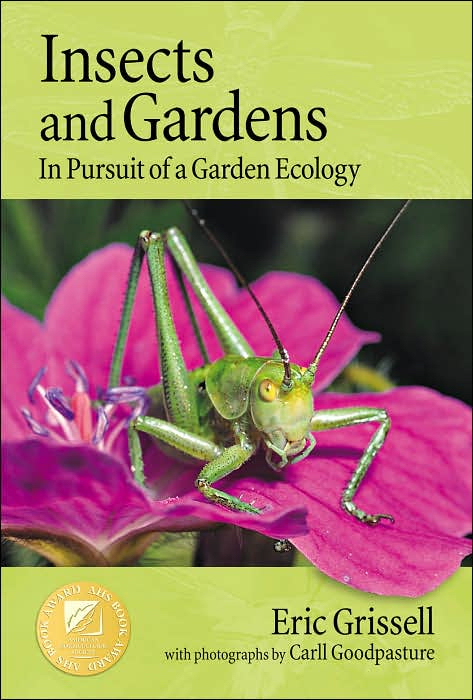
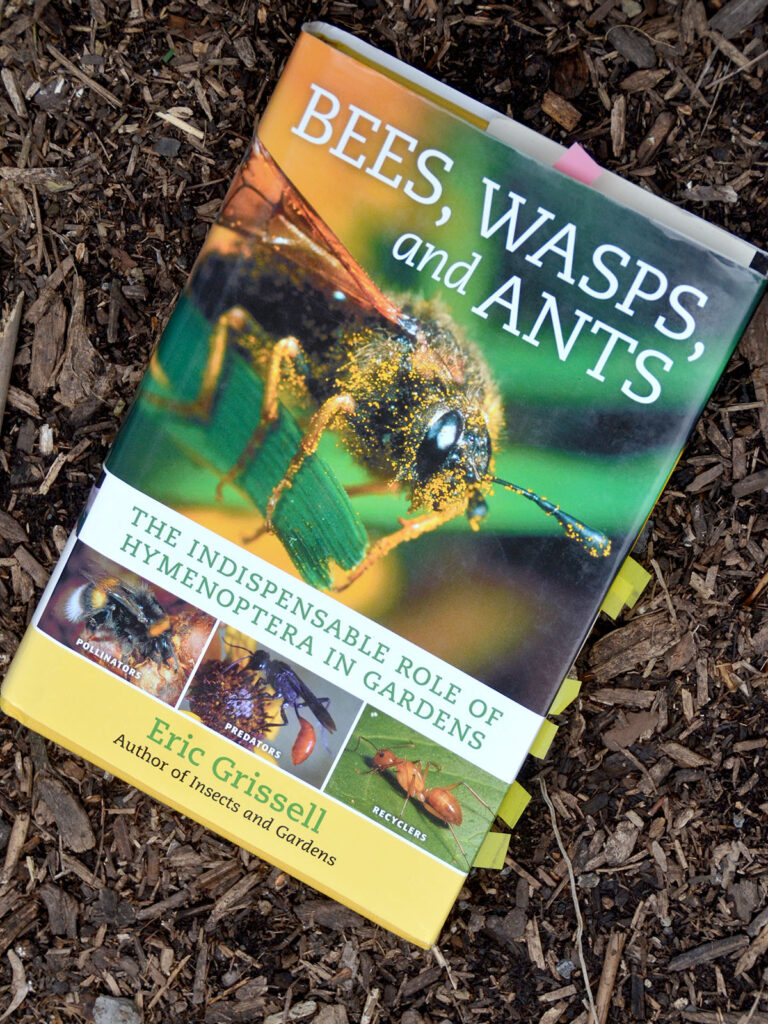
Insects and Gardens: In Pursuit of a Garden Ecology
and
Bees, Wasps, and Ants
by Eric Grissell
Insects and Gardens is the book that first alerted me to the importance of insects in the garden. More than that, Grissell helped me appreciate that the best course of action is to let the insects sort things out themselves. There is so much going on “behind the scenes” in the garden that we cannot hope to interfere intelligently. As I reread it, I again appreciate how much he influenced my attitudes toward stewardship of my yard. I like his curmudgeonly wit, too!
Later, he wrote a book about the specifics of bees, wasps, and ants. Fascinating stuff!
NOTE: Grissel seems to have a blind spot regarding native plants, but this was written long before Tallamy’s research showing the necessity of native plants for insects, and therefore for the rest of the ecosystem.
Gathering Moss: A Natural and Cultural History of Mosses
by Robin Kimmerer
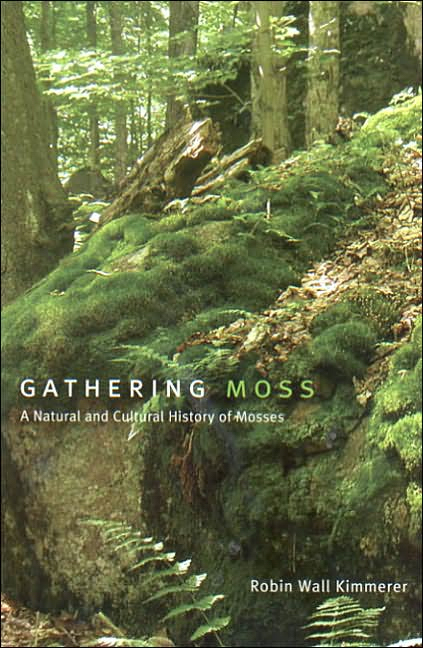
This award-winning book by a local botany professor tells the story of moss. You’ll never take moss for granted after reading this book!
101 Ways to Help Birds
by Laura Erickson
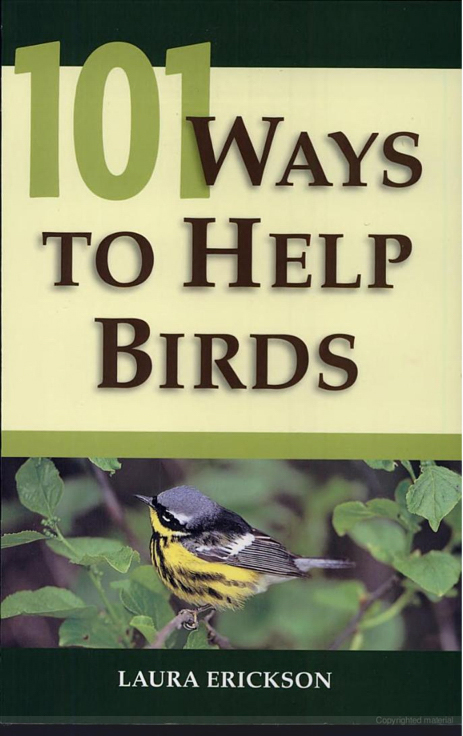
The author, Laura Erickson, is the host of the radio program “For the Birds.”
The title might imply that it simply lists 101 things to do, but the book actually develops each idea very thoroughly. It is a book of substance, but very readable. I’ve read a number of things about bird conservation over the years, but I learned new things from this book.
The Landscaping Revolution: Garden With Mother Nature, Not Against Her
by Andy Wasowski
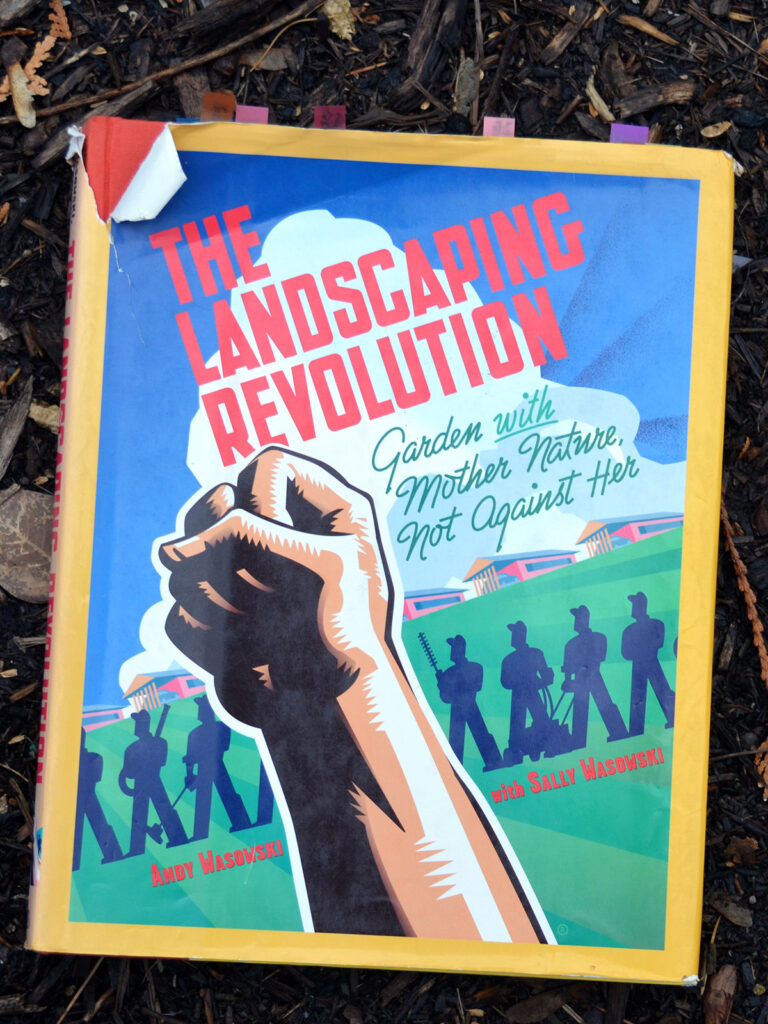
This is the first book I read on the topic; it started me on the path I’ve followed ever since. It includes a little about a wide range of topics in an enjoyable, often humorous, way.
Requiem for a Lawnmower: Gardening in a Warmer, Drier World
by Sally Wasowski and Andy Wasowski

For some reason, this book hasn’t gotten much publicity, but I thought it included a lot of useful and interesting ideas, both practical and phiilosophical.
For example, I liked the way she explained how to plant a woodland: throw some stones at random into the yard and plant trees where they fall so they would be in a sufficiently random, natural pattern.
Suburban Safari: A Year on the Lawn
by Hannah Holmes
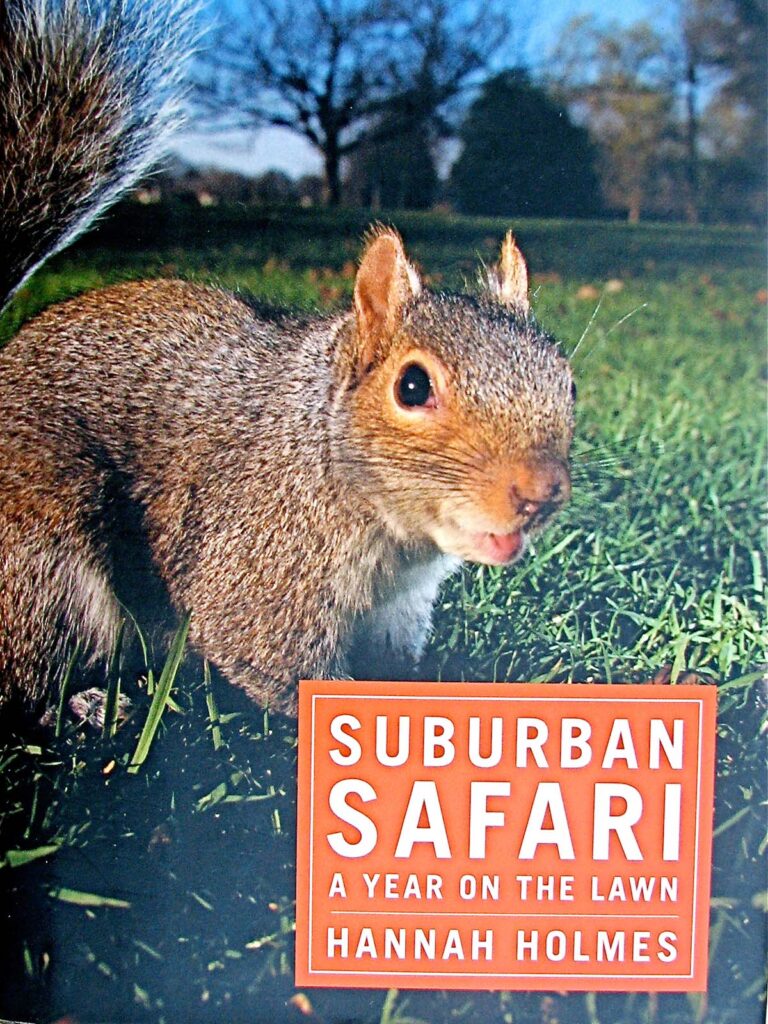
An interesting account describing a year during which the author focused on what was happening in her yard. The cover is misleading since one of the main “characters” is a pet chipmunk. The person who selected the photo cover (over which authors have no control) obviously didn’t know the difference between chipmunks and squirrels or hadn’t read the book.
Botany in a Day: The Patterns Method of Plant Identification
by Thomas Elpel
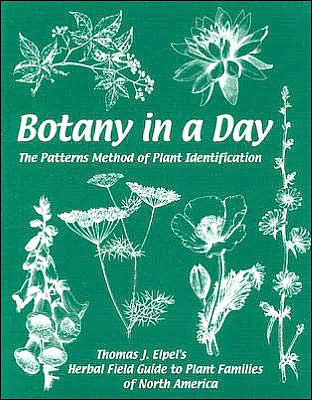
I don’t know about the “in a day” part, but the book’s plant identification concept is sound.
The idea is to learn to identify patterns of plant families. A classic for good reason — it’s hard for a layperson to learn this information otherwise, and knowing plant families helps enormously. It not only helps you identify plants, but also increases your enjoyment of the various plants.
The Field Guide to Wildlife Habitats of the Eastern United States
by Janine Benyus
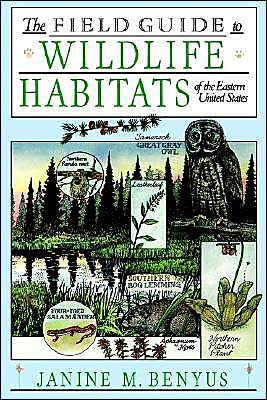
Rather than being a guide to particular flowers, trees, or various types of wildlife, this is a guide to the whole habitat. It was enlightening since we’re trying to create a habitat, providing as many habitat features as possible.
For example, she points out that vertical structure, horizontal structure, edge, and so on are important characteristics. This book addresses the Eastern U.S., which was great for us, but there’s a version for the Western U.S., too.
Wild Ones Journal
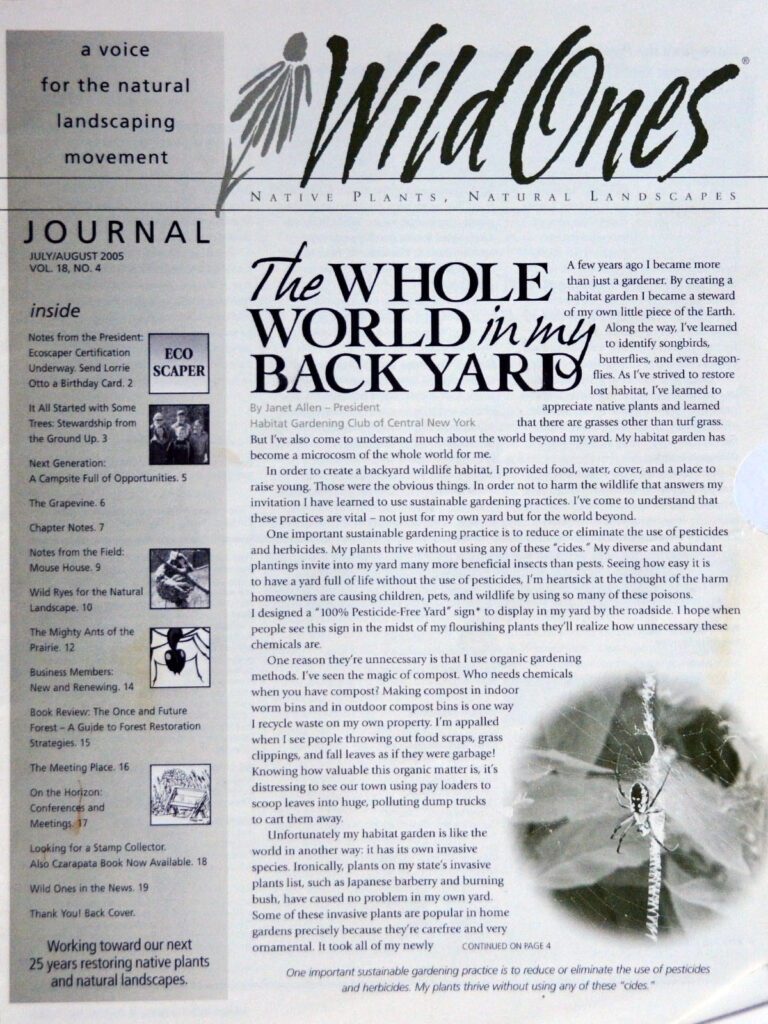
The Wild Ones Journal published by Wild Ones: Native Plants, Natural Landscapes
The Wild Ones Journal is a benefit of being a member of Wild Ones. Join today, whether or not you have a chapter nearby, and you’ll receive this bimonthly publication.
The Wild Ones Journal is sent to Wild Ones members six times a year. It’s chock-full of inspiration, information, and ideas on landscaping with native plants. Articles include how-to plan, create, and maintain your native landscape at your home, school or workplace. Other articles help you overcome common problems with invasive plants, or tell how others have dealt with neighbors and municipal officials. Stories of chapter activities and projects at schools and nature centers provide ideas you can use in your area.
The Wild Ones Journal articles are sometimes written by scientists like Douglas Tallamy (see especially Gardening for Life) and sometimes written by fellow citizens working to create a home landscape that promotes a healthy environment and preserves biodiversity. (Some of my articles such as the one pictured have appeared in this journal.)
It’s always good to have solid information presented by professionals, but I’ve been especially inspired by the work of my fellow citizens.
